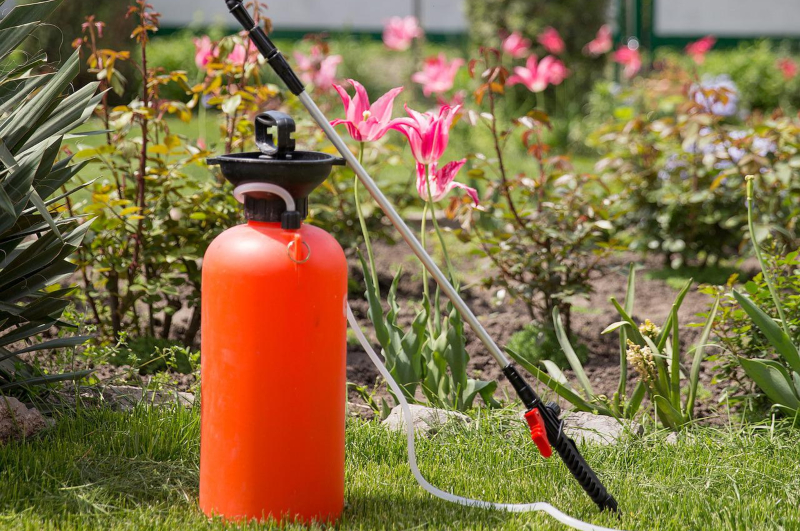
It’s fair to say that lawn fertilising is more commonly associated with the spring months than any other season. Spring is definitely a season when your lawn could use a little nutritional support since it's beginning to thaw after being dormant throughout winter, but it’s definitely not the only time of year your lawn can benefit from fertiliser.
If you’ve found your way to this blog, you’re probably looking for information as to whether or not you should be fertilising your lawn in autumn.
The short answer to this question is yes, you should fertilise your lawn in autumn. There are many different times of year during which your lawn can benefit from fertilising, and autumn is one of them. When using appropriate fertiliser, there can be many benefits for the health of your lawn.
Why fertilise my lawn in autumn?
As autumn rolls around, the growth of your lawn begins to slow in preparation for winter. Fertilising your lawn in the autumn leaves your lawn better prepared to endure the trials of the winter season, including excessive rainfall, cold temperatures, or snow.
Autumn lawn fertiliser tips
Use correct fertiliser
Different types of fertilisers contain different elements targeted to different results. Autumn fertiliser is usually designed with the aim of strengthening root growth, in turn preparing your lawn for the tough months ahead. Autumn fertiliser is usually high in potash and phosphates, which will better protect grass from the frost and cold, icy conditions of winter.
If you were to use a spring fertiliser in autumn, for example, spring fertiliser is high in nitrogen to encourage lush top growth. This top growth is very soft and is easily damaged by frost, so it's not suitable for autumn feeding.
Apply after lawn mowing
When it comes to fertiliser application it’s best to mow your lawn beforehand, so that the fertiliser can reach as much of the soil as possible. This also gives your lawn as much time as possible to absorb the fertiliser in between mows.
Apply with a gentle hand
Despite the fact that fertiliser is a tool used to promote strong and healthy lawn growth, it can also cause significant damage to your lawn if not applied correctly.
If lawn fertiliser is applied excessively, the salts in the fertiliser can interfere with the plants ability to take in the water they need, leading to dehydration, discolouration, and sometimes plant death.
Fertiliser burn commonly takes the form of scorched stripes where fertiliser application has overlapped, or patches where fertiliser has spilled onto the ground (if you do accidentally spill fertiliser on your lawn, the best action to take is to rinse it with water to dilute it, and dab at the area to soak up any excess fertiliser).
* * *
Fertilisation is one of the staple treatments essential to maintaining lawn health. Using an inappropriate fertiliser or applying it incorrectly can have adverse effects on your lawn, which is why investing in professional lawn fertilisation services is a great way to ensure that your lawn grows strong.
Having a strong and healthy lawn can help protect your lawn against weeds, pests, and seasonal damage. Lawn & Weed Expert offer top-of-the-line lawn fertiliser treatments that can help keep your lawn healthy and lush.
To find out more about our lawn fertilising services, check out the informational page on our website.
Professional Lawn Fertilising Service
Read More: When to Fertilise Your Lawn